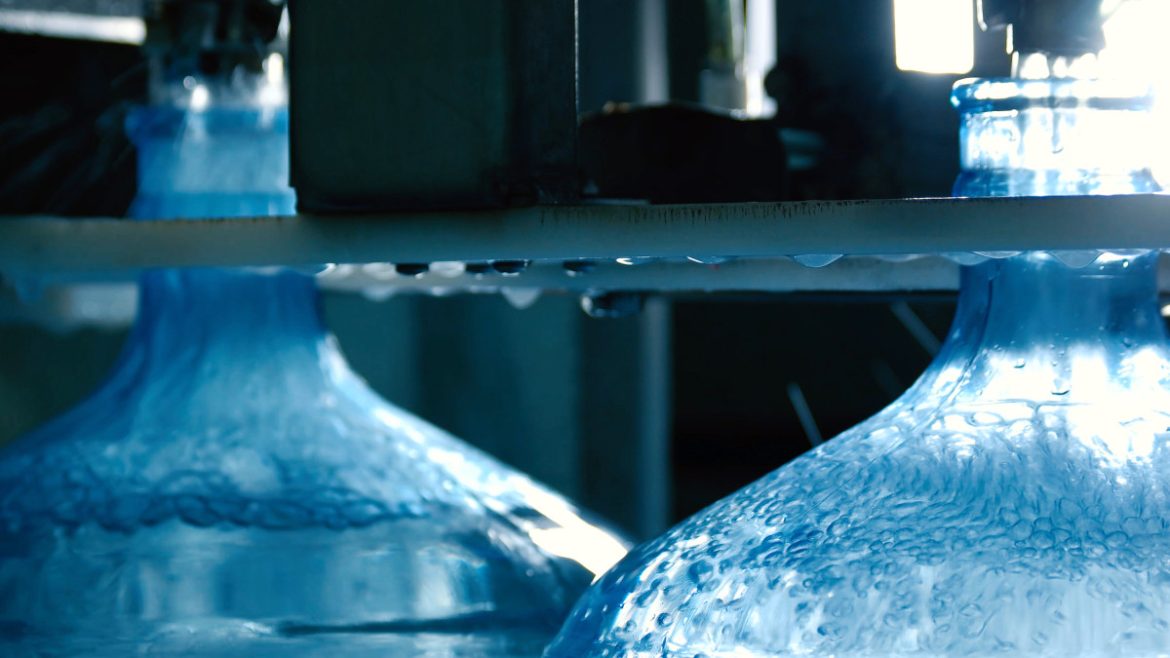
Almost every day we drink something that comes from a bottle. Milk, juice and even water are contained in plastic, cardboard or glass bottles. But how did it get in there? That is a simple question that almost each of us has thought of once at some point in our lives. Of course, the answer is that the liquid was filled inside them through the use of filling machines, in most cases. Here is everything you may have ever wanted to know about this technology.
What are Bottle Filling Machines?
Bottle filling machines are meant to fill bottles of all shapes and sizes with various liquid products. They are used in a variety of industries, including food and beverage, pharmaceuticals and cosmetics. Here are some of the most important things to know about bottle filling machines.
Types of Filling Machines
A whole article could be written on the subject, since there are so many different types of filling machines existing on the market. However, so that we can cover the subject as a whole, let’s just explain that there are various ways to fill the bottles that are coming up on filling lines. Each has their own advantages, according to the liquid that is meant to fill them. The types of machines available on the market include gravity fillers, piston fillers, vacuum fillers and rotary fillers, which are the most popular ones.
One of the differences that separates them from one another is their speed and capacity. It often depends on the size of the machine and the product that is going to be inserted inside the containers. Some machines can fill up to hundreds of bottles per minute, while others are designed for lower-volume production. In other words, a company like Coca-Cola will not be using the same type of equipment that a local dairy producer would. This brings us to our next point, which is product compatibility.
Product Compatibility
When a producer has to choose a bottle filling machine, one of the aspects that he has to keep in mind is if it is compatible with the product that he needs to insert into them. That is because not all filling machines are suitable for particular types of products. They vary according to chemical properties, viscosities and consistencies, which can affect the accuracy and performance of the machines.
The viscosity of a product will change its flow through the machine. In turn, this can be an issue in regards to the accuracy of the fill. For lower viscosity products (water and juice are good examples), a gravity filling machines or a time gravity filling machine will be best for the job. On the other hand, a higher viscosity product, such as honey or syrup, will require a piston filling machine or another type of positive displacement filler that can handle thicker consistency liquids.
What can be trickier, is the physical properties of a product and the fact that some feature suspended particles. Indeed, the acidity and the temperature of a liquid being inserted in bottles can make a difference in the choice of machines that a producer needs to buy. If the product they produce is acidic, it may corrode machines made out of certain metals. As for suspended particles, they can clog some of the machines available on the market.
It is important to mention the level of automation of these machines, before closing this article. It can vary greatly, going from an almost manual process to an entirely automated one. In the latter case, the machine would be able to handle automatic bottle loading, filling, capping, labeling and packaging as well.